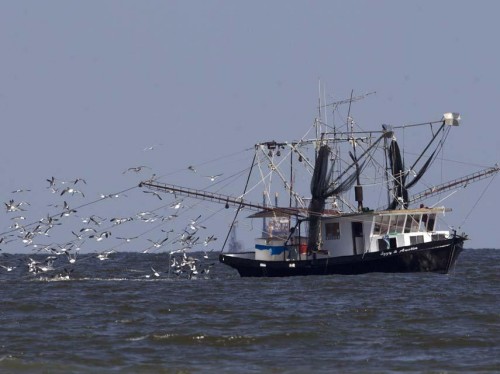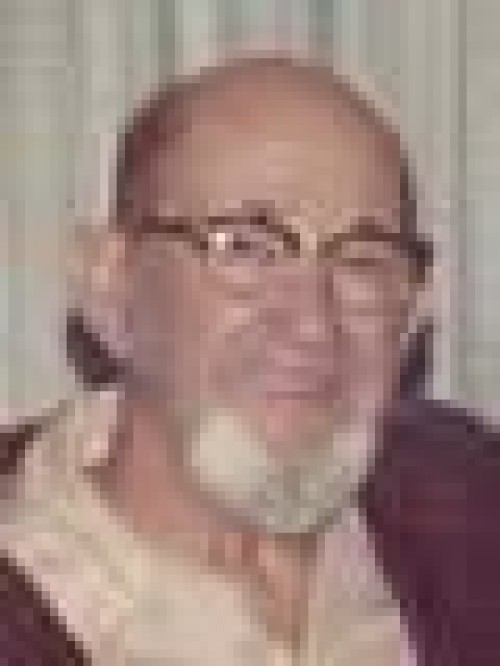
Baldone: BP’s attempt to quell future claims is ‘horrible’
July 19, 2011
Floyd Toups
July 21, 2011Nicholls State University should have a connection with the state’s supercomputer system by the first quarter of next year, according to a local state legislator who has worked on the project.
Nicholls already has wireless connection with the Louisiana Optical Network Initiative (LONI) through Tulane at a speed of 150 megabits per second.
Once it is connected by fiber optics, the speed at Nicholls and its connecting points, Fletcher Technical Community College and the Houma-Terrebonne Airport, will be 10 gigabytes, or 10,000 megabytes, per second.
“This will be one of the biggest things ever to hit Nicholls State,” said state Rep. Joe Harrison (R-Gray).
Plans are to integrate Nicholls into the system at a connection point in Schriever, Harrison said. Once connected, researchers in the Houma-Thibodaux area would be linked with their peers across the globe and have an opportunity to pursue the system’s vast potential.
“It is primarily a research-type thing, because it is very high speed, high data intensity, to where you can send real time images across anywhere in the country, immediately,” said Larry Howell, executive vice president of Nicholls. “As that research, hopefully, becomes actual production type things, then it will be used for that, obviously.”
Harrison was mum on the specifics of the LONI connection, citing ongoing work to finalize details, including a meeting with the governor’s office next Monday. He said more details would be released next month.
“This is global,” he said. “This is not just Louisiana or national. We’re looking at some of the other countries that we’ve been involved with and we feel very confident in achieving our goals and making Nicholls one of the premier providers of the high-tech technology we are looking for.”
LONI is a $40-million 10-year fiber optics network pioneered by former Gov. Kathleen Blanco. It is connected with the National LambdaRail, which connects with cities across the country and provides international sharing opportunities.
A 50-teraflop supercomputer named Queen Bee powers the LONI connections. One of the top 50 supercomputers in the world, it is housed in Baton Rouge.
Funding for further expansion of the system is set to run out in 2013.
One of the major benefits of being connected to the system, Harrison said, was the potential enticement of businesses that are located in high-tech, high-tax areas.
“We can’t keep playing catch-up, and there is a lot of opportunities out there, many of the states that have the talent and companies that they do have that state of the art type operations are being taxed to death,” Harrison said. “They are looking for new territories, new areas, new frontiers to build the type of systems for the future.”
Through its geomatics program, Nicholls has an idea in queue that officials say would utilize the potential of real-time imagery.
The university’s unmanned aerial vehicle project is still being forged in anticipation of high-speed access. University officials have already demonstrated its capabilities with a miniature hand-held device, according to Larry Howell, executive vice president of Nicholls.
Nicholls is the only university and one of only three groups in the nation to have received certification for an unmanned aerial vehicle project, Howell said.
Because it is prohibited to fly a drone over residential areas, it is limited to barren areas, New Mexico and North Dakota are the two states that have a similar project.
Nicholls has already mapped out a flight path from the Houma-Terrebonne Airport to the Gulf of Mexico that would keep the aerial vehicle from flying over a single house, Howell said.
“It is doing aerial mapping, surveillance, data collection our hope is to one day have something on the order of a predator, like they have in Afghanistan,” Howell said. “But flying along the coast, taking data for hurricane protection, coastal restoration, oil and gas, fisheries and all of that and doing it on a daily basis, real time, sending it to whoever needs that data so that we can see what’s happening to the coast.”







